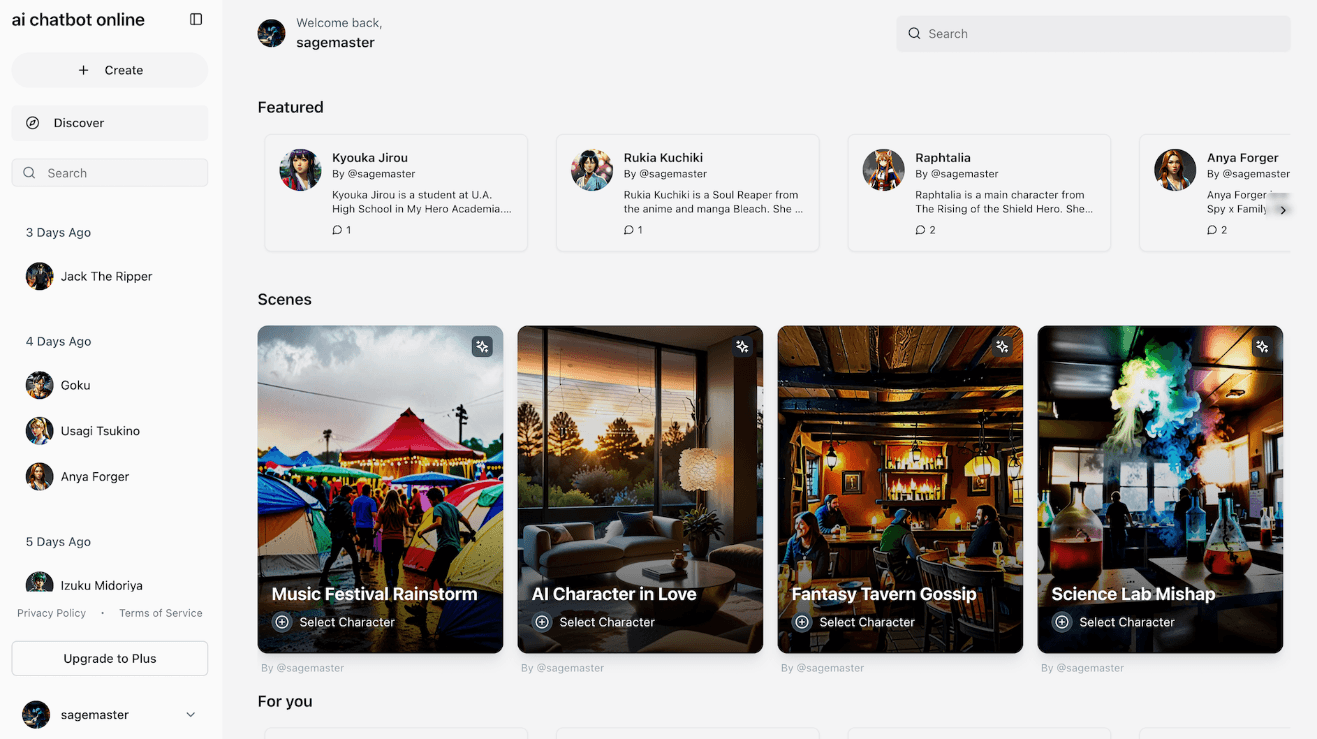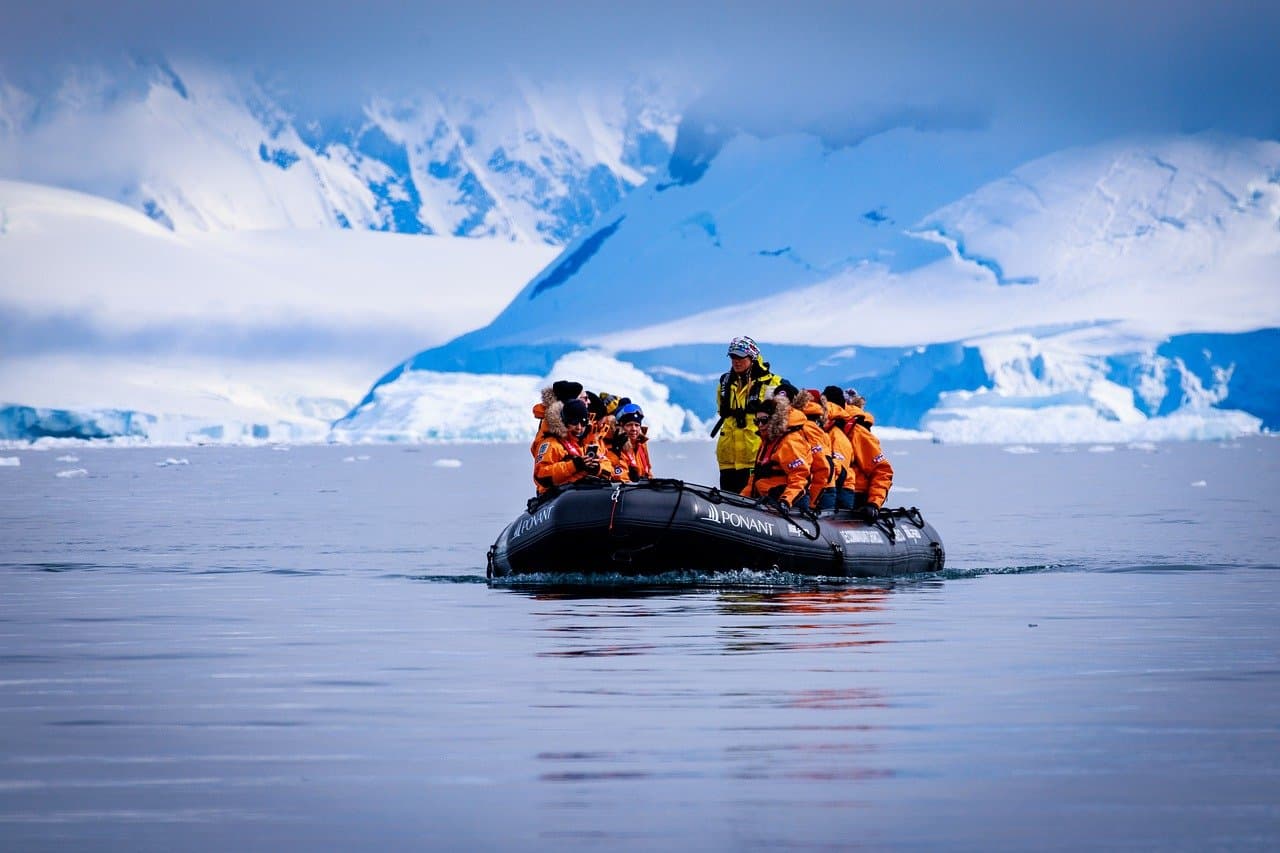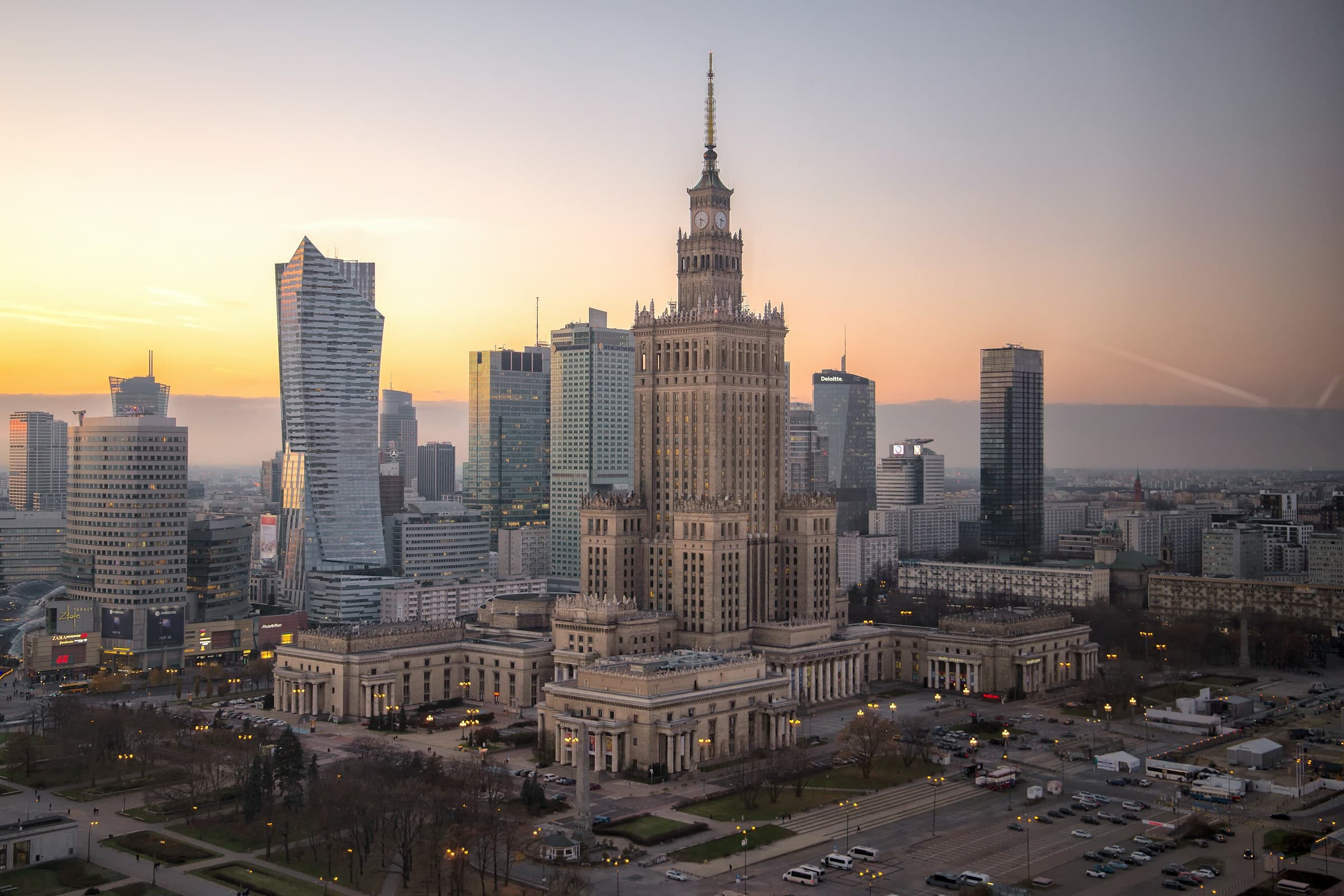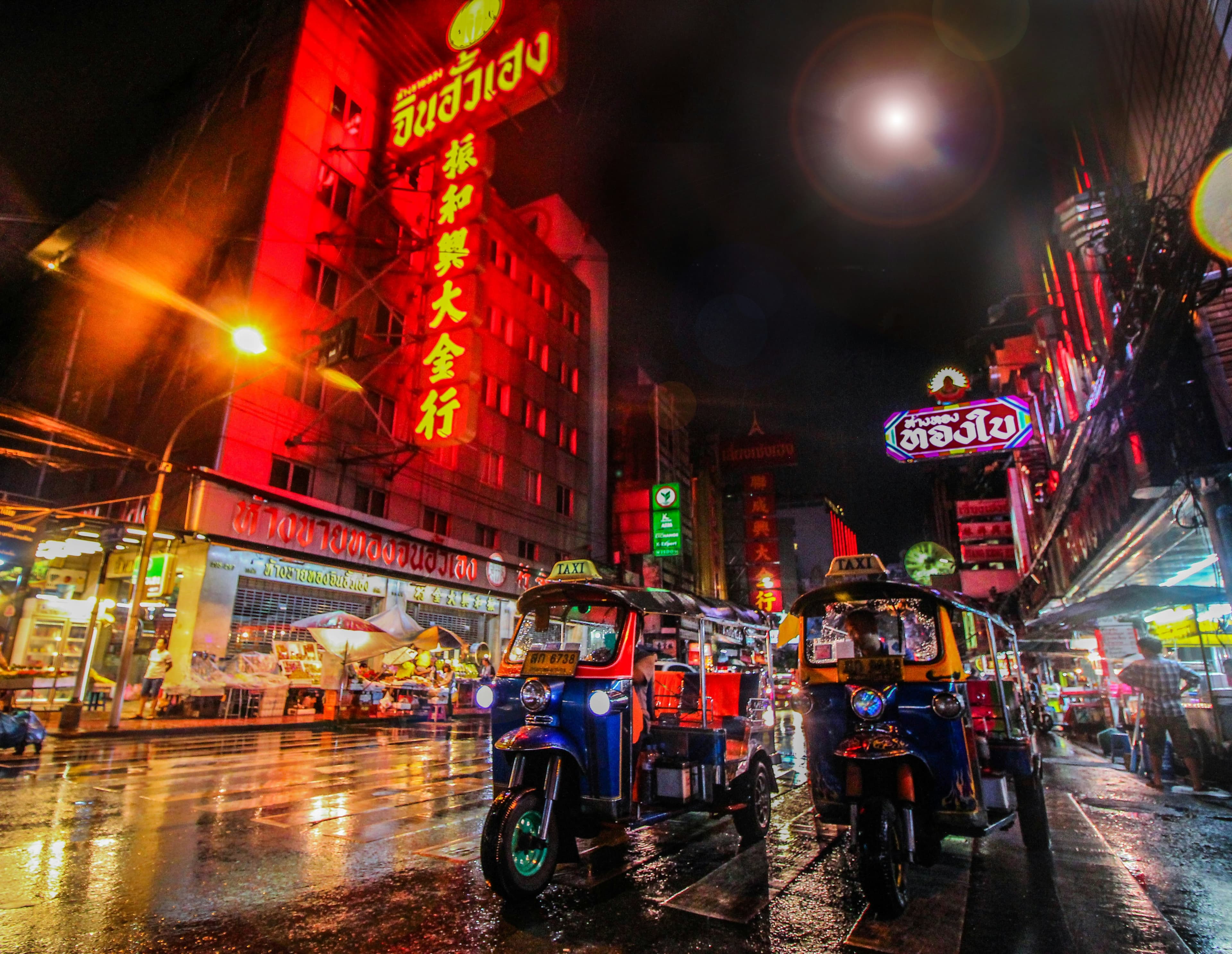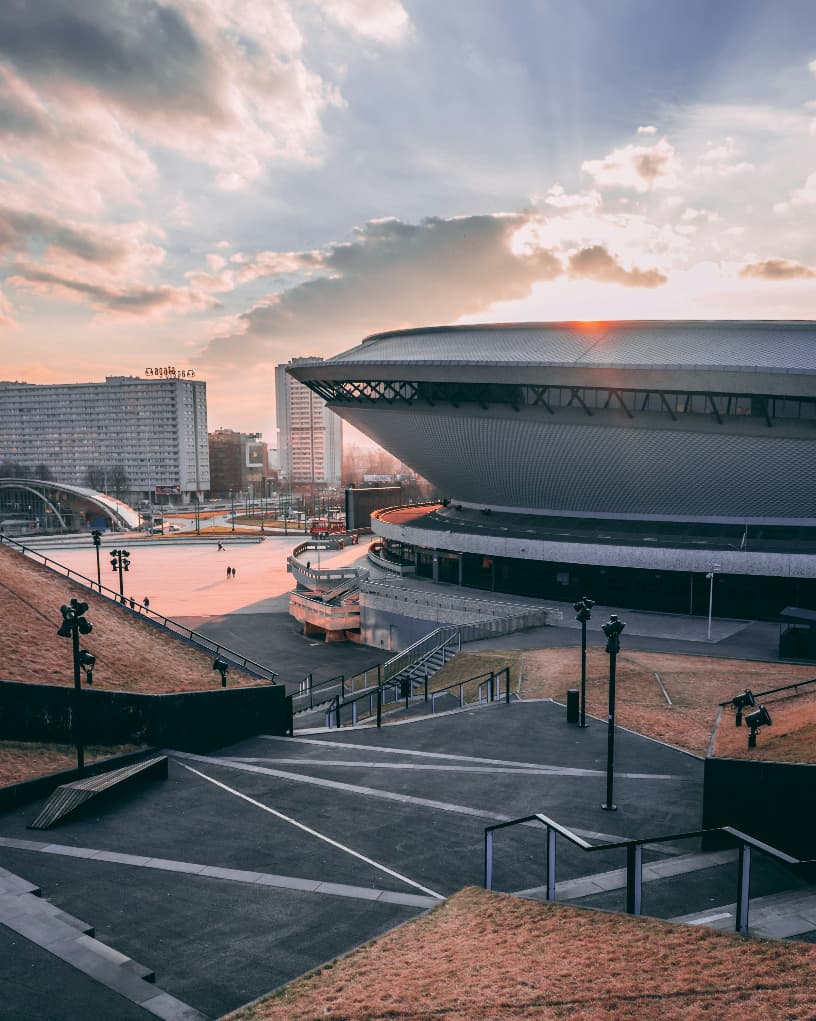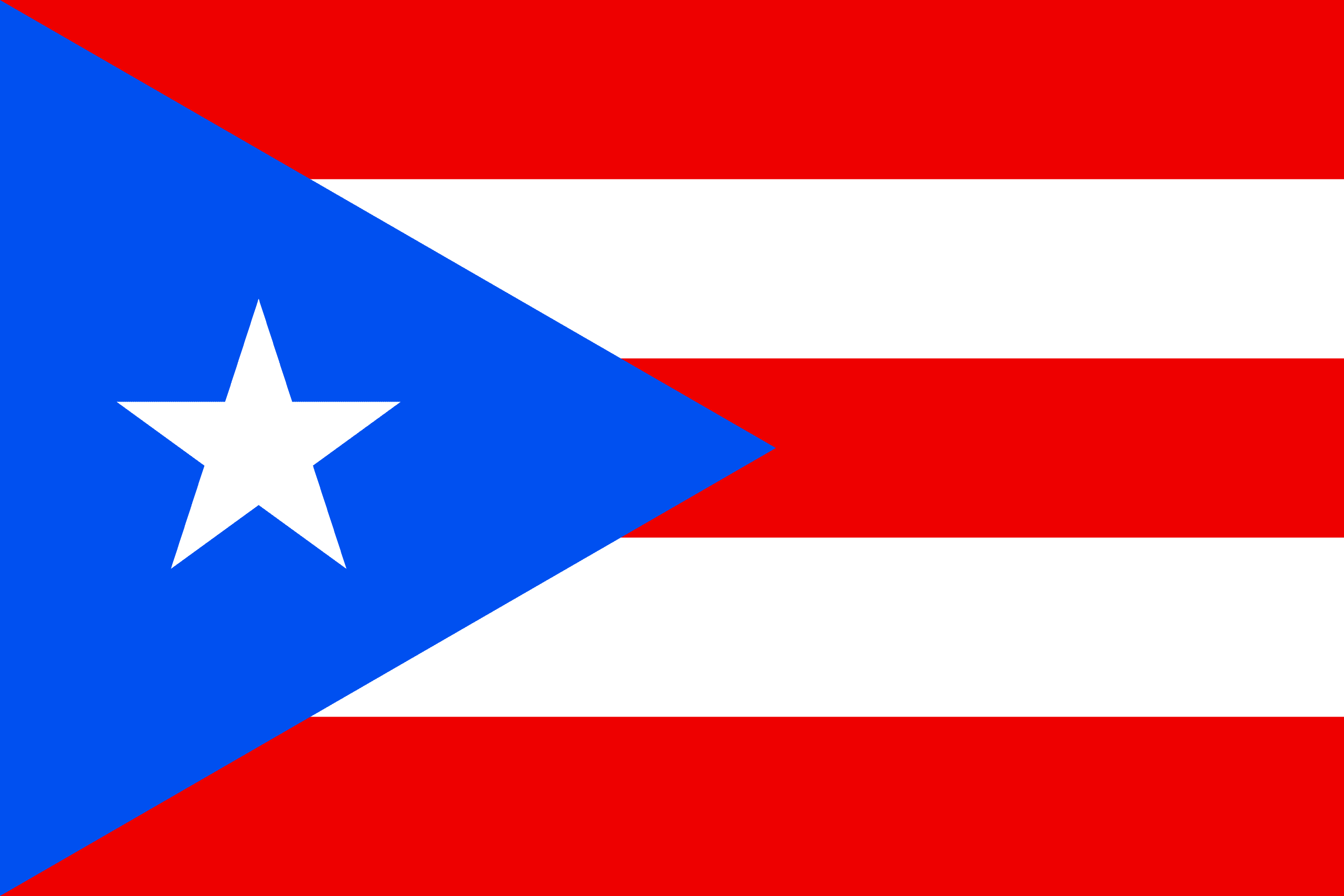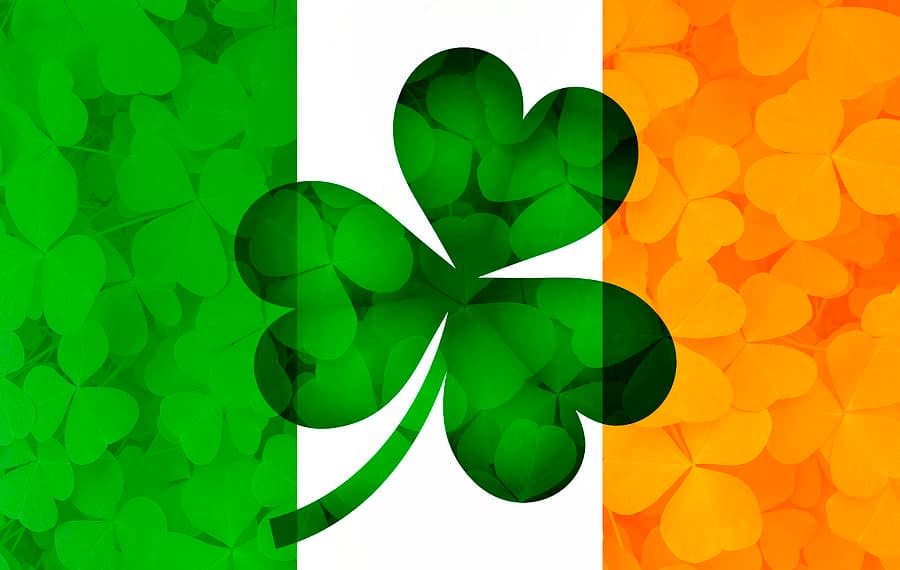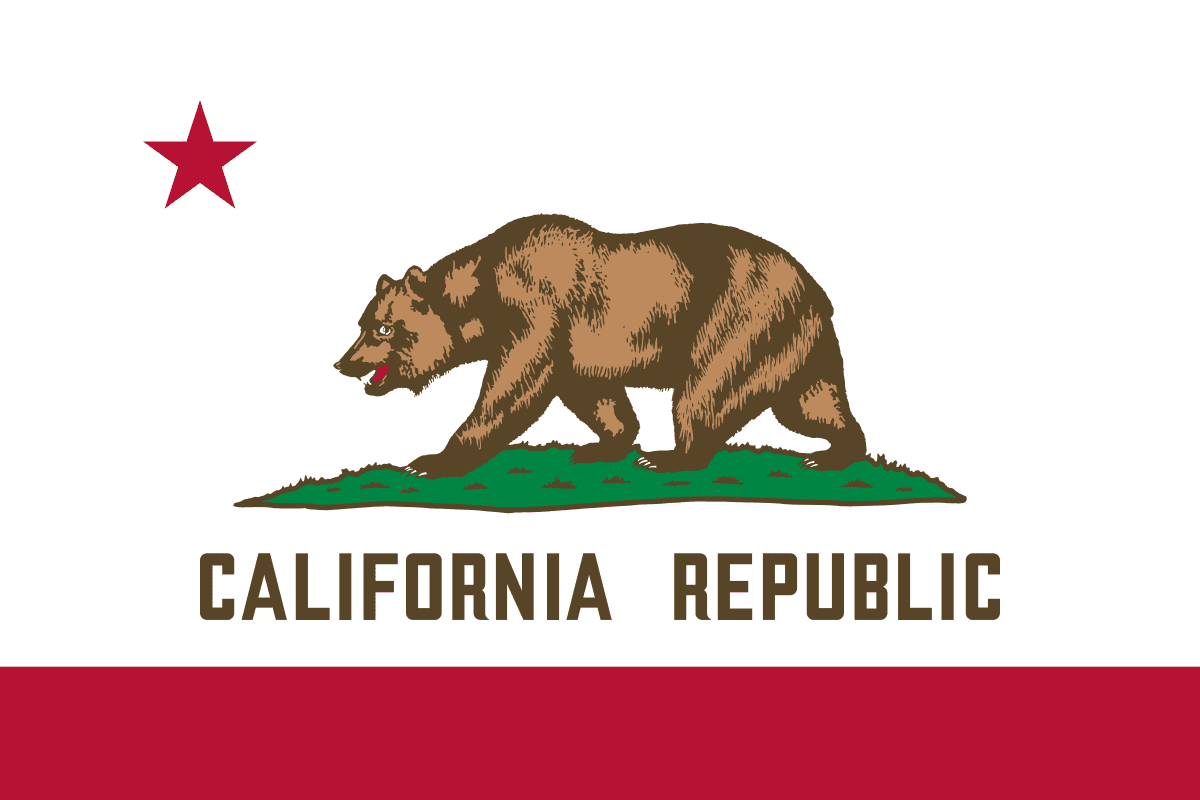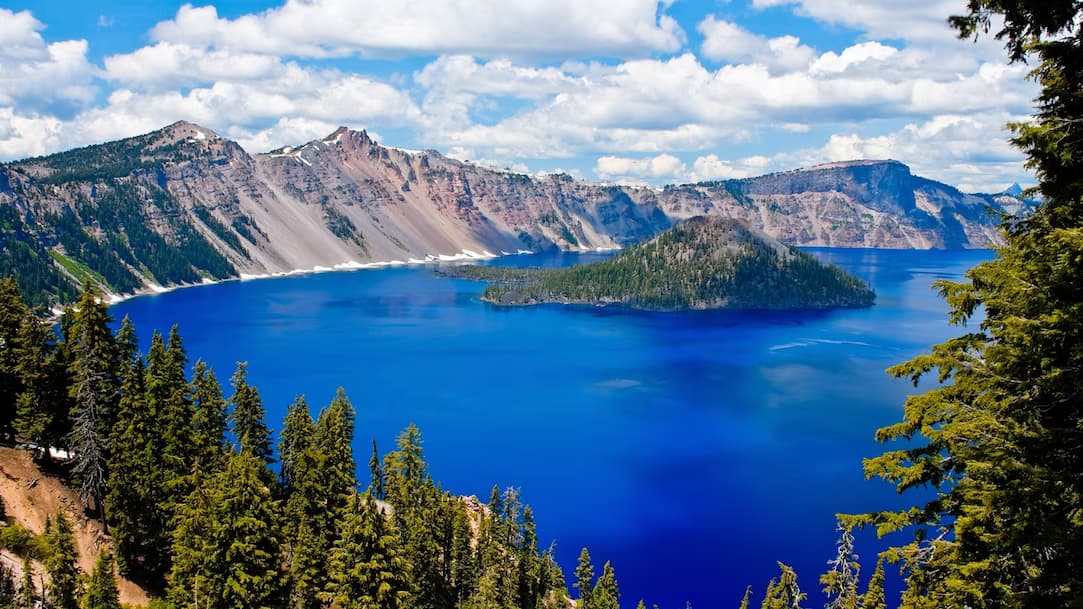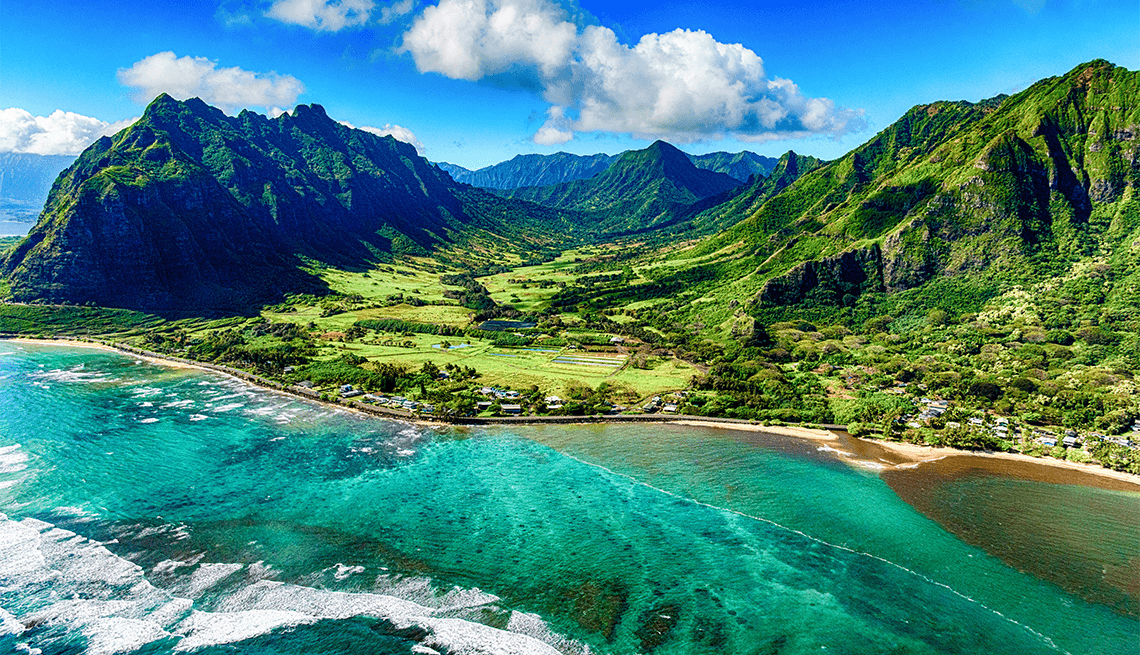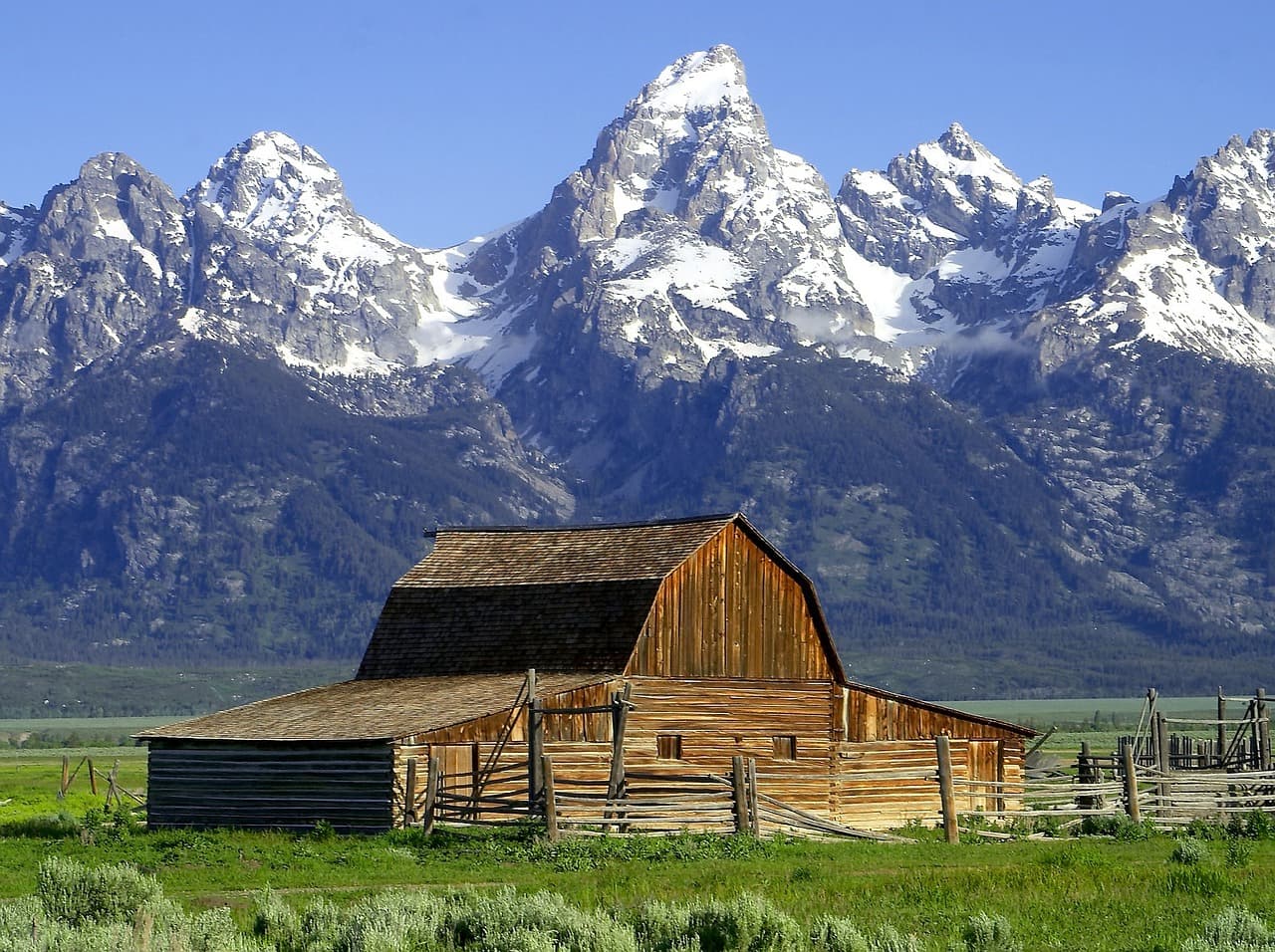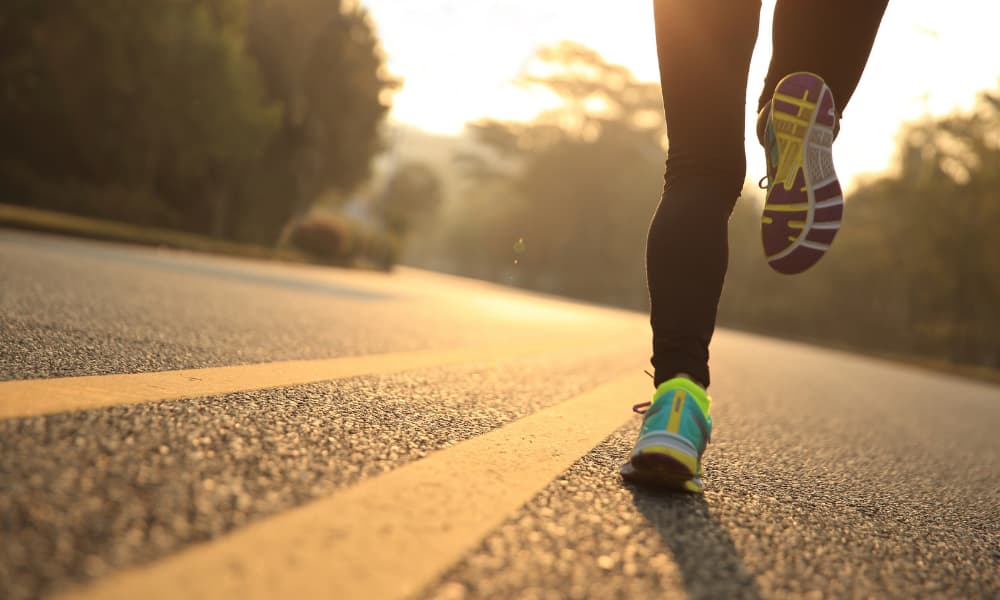🏙️Best Neighborhood Exploration Activities
This list focuses on neighborhood exploration, highlighting the unique characteristics and hidden gems found within various communities. Engaging in neighborhood exploration allows individuals to experience local culture, architecture, and the vibrant atmosphere that each area has to offer.
- 0
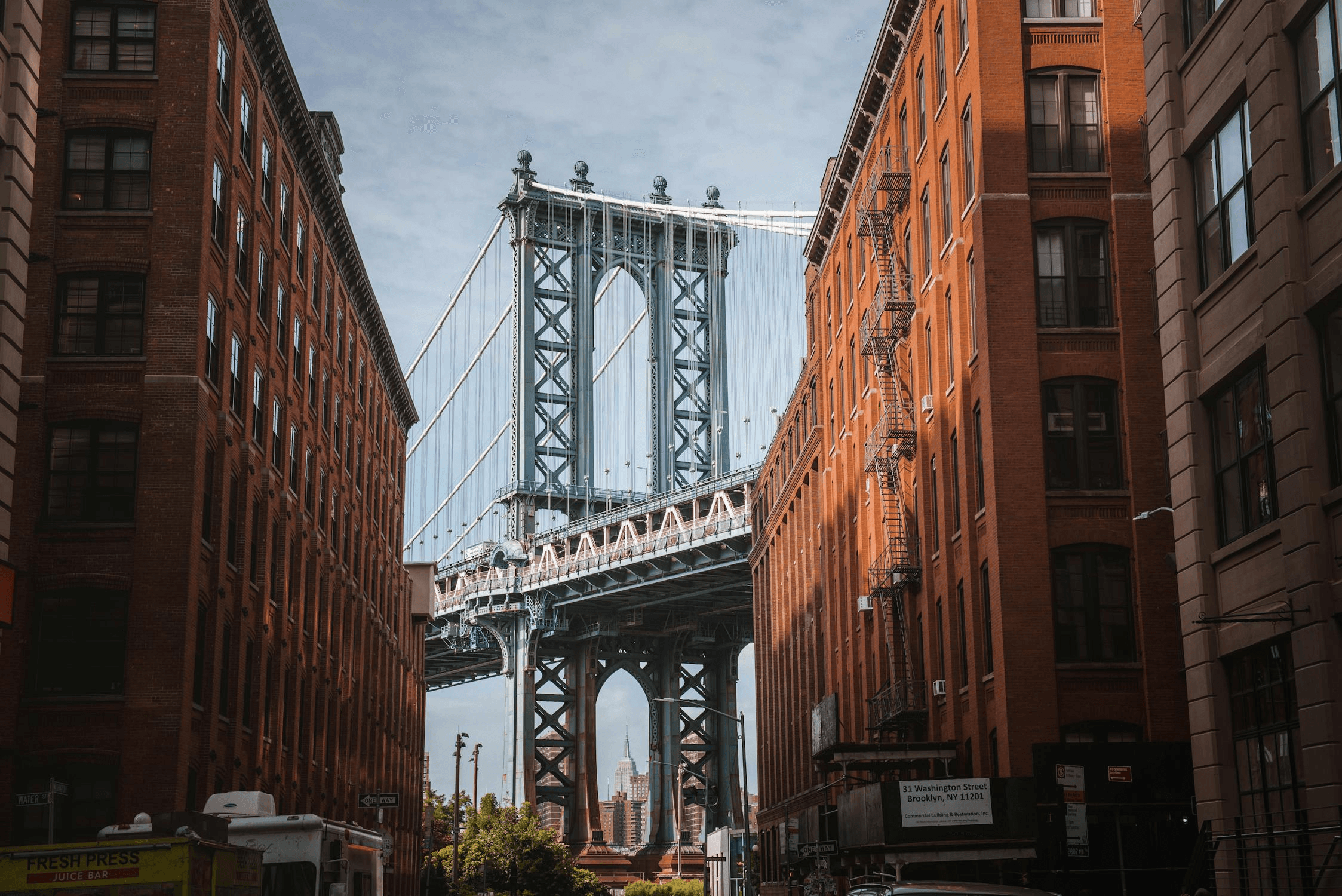
Brooklyn, a vibrant borough of New York City, is a melting pot of cultures and history. Known for its diverse neighborhoods, you can explore hipster havens like Williamsburg and Bushwick, stroll through the historic streets of Brooklyn Heights, or savor the multicultural vibes of Sunset Park. From the iconic Brooklyn Bridge and bustling Coney Island to the serene beauty of Prospect Park, Brooklyn offers something for everyone. Its thriving arts scene, with galleries, theaters, and live music venues, makes it a cultural hotspot. Plus, foodies will love the eclectic mix of cuisines available, from artisanal bakeries to authentic ethnic eateries.
